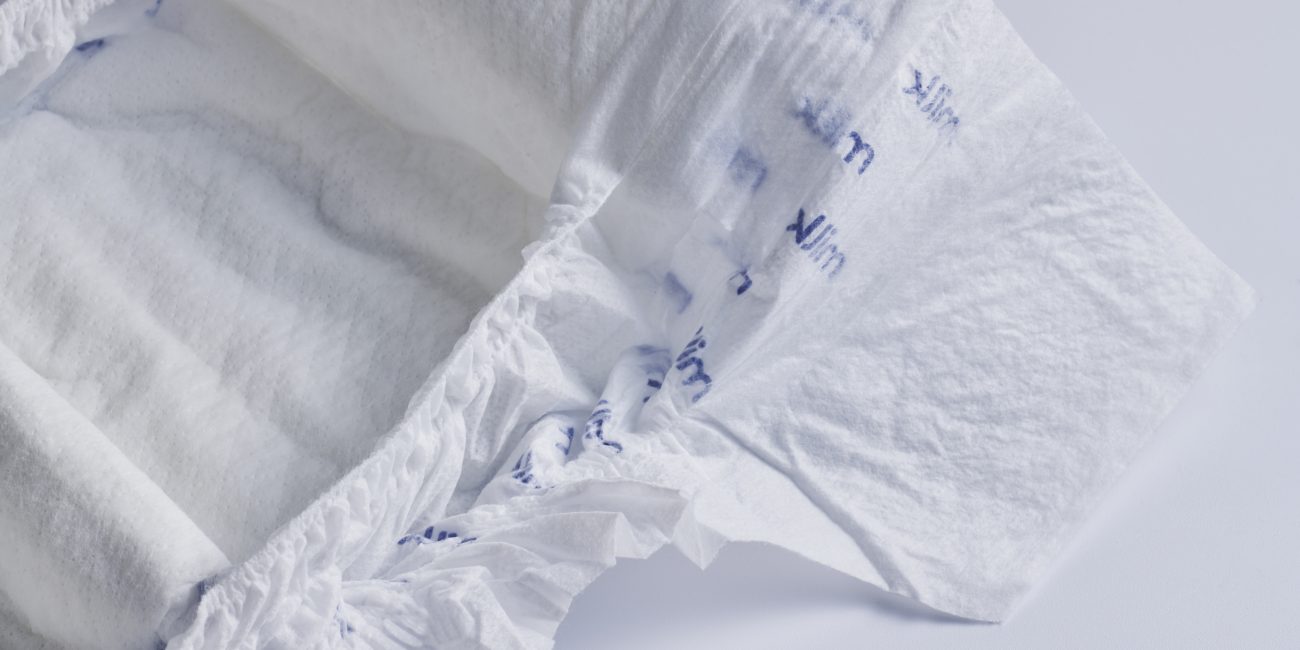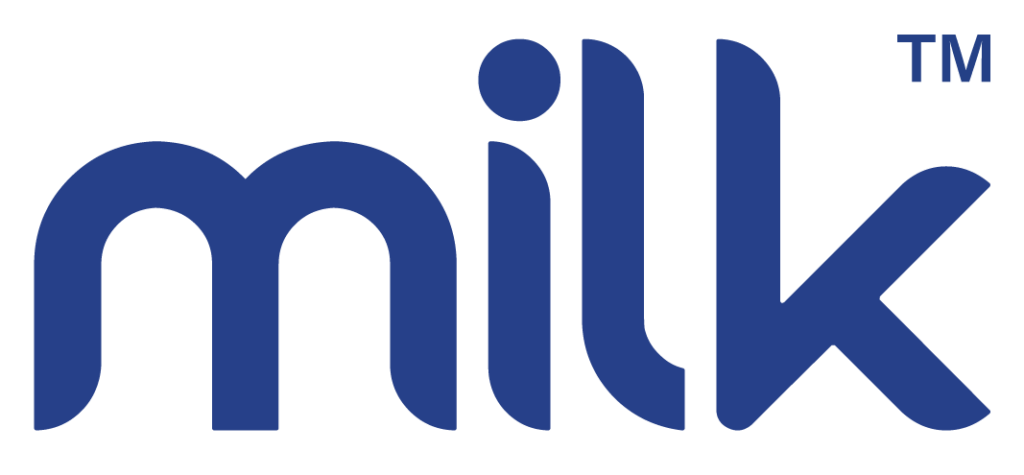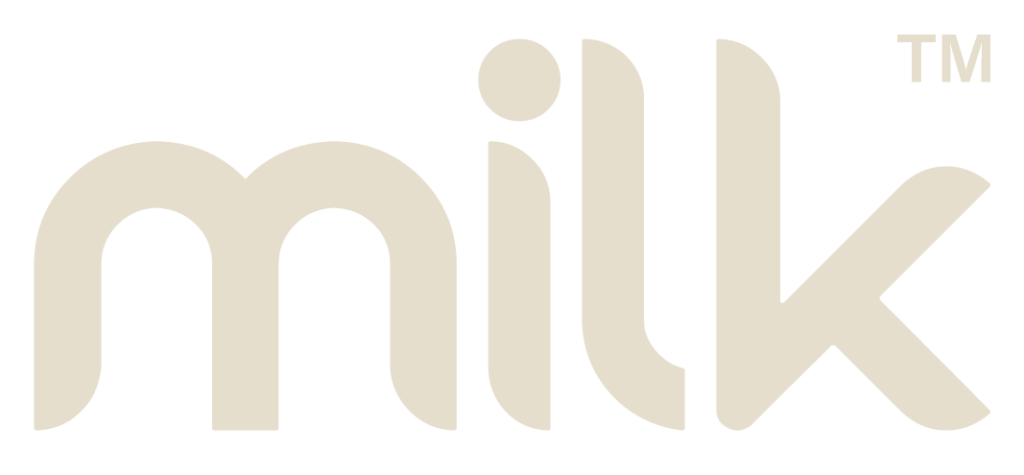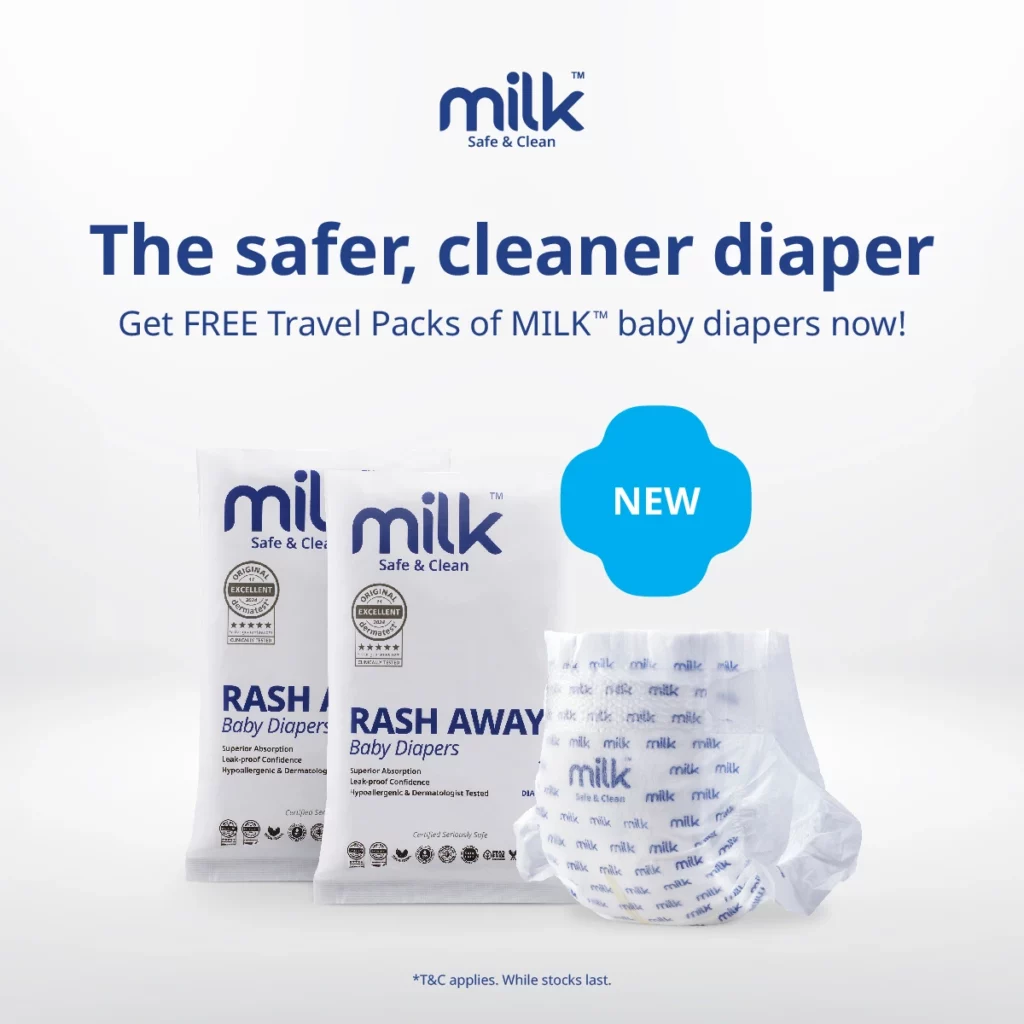Decoding Dangerous Baby Diaper Ingredients

World Health Organization’s 2025 World Health Day theme ‘Healthy Beginning, Healthy Futures’ underscores the urgent need to address maternal and newborn health.
Did you know that some baby products still rely on outdated chemicals, now linked by scientific research to allergies, long-term skin irritations and even potential psychological disorders? Sadly, most diaper manufacturers aren’t required to disclose their ingredients, leaving parents worldwide with unanswered questions. While New York State has taken a step towards transparency with a new ingredient labelling law, most consumers are still left in the dark.
This lack of disclosure raises concerns about the presence of potentially harmful substances in traditional disposable diapers, including volatile organic compounds or VOCs (like formaldehyde, toluene, ethylbenzene, and xylene), dioxins, adhesives, lotions, fragrances, inks, and per- and polyfluoroalkyl substances (PFAS). Recognizing these risks, we at MILK™ prioritizes skin safety, clean ingredients, and baby comfort above all else and have expertly crafted diapers meeting these requirements. As parents ourselves, we understand the importance of safe products and wouldn’t settle for anything less.
Modern parenting is synonymous with research and conscious choices, especially when it comes to baby care. New parents are finding that non-toxic diapers offer the peace of mind they need. The growing trend of switching from traditional to toxic-free diapers underscores the growing awareness of product safety.
What exactly are parents becoming aware of? The answer lies in the presence of harmful chemicals, such as PFAS, VOCs and SVHC within traditional diapers.
What is PFAS?
PFAS, also known as ‘forever chemicals,’ are a large class of thousands of synthetic chemicals widely used in consumer products and is now recognized as harmful to human health. Exposure to PFAS can lead to:
- Increased risk of some cancers
- Heightened risk of allergies and asthma
- Altered metabolism, insulin dysregulation, and risk of childhood obesity
- Reduced ability of the immune system to fight against infections
What is Chlorine?
Chlorine is used as a bleaching agent to whiten the diaper materials, which leads to a dangerous by-product called dioxins. According to the World Health Organization (WHO), this highly toxic chemical can disrupt human development, reproductive and immune functions, interfere with hormones and cause cancer. Dioxins, once absorbed, accumulate in fatty tissue and are notoriously difficult for the body to eliminate.
What is SVHC?
It stands for Substances of Very High Concern and refers to chemicals identified under the EU’s REACH regulation that pose serious health risks. A chemical is flagged as SVHC if it meets specific criteria, like carcinogenic, mutagenic or harmful to reproductive health.
What is VOCs?
VOCs (Volatile Organic Compounds) are found in everyday items and can be absorbed through the skin, which means babies with sensitive skin are more vulnerable to hazardous exposure. Short-term VOCs effects may include respiratory irritation and headaches, while long-term exposure could harm kidneys, liver or central nervous system. Since babies wear diapers 24/7 and an estimated about 4600 – 4800 diapers are used during the first three years of a baby’s life, it’s important to understand what to look out for in baby care.
Why Choose MILK™ Baby Diapers?
Join MILK™ as we set new benchmarks and reimagine safety standards. We made a strategic decision to ban an extensive list of harmful chemicals and allergens from our products, adhering to the stringent EU REACH regulations.
We’ve gone the extra mile to obtain extensive accreditations so parents can be confident that our breathable baby diapers are safe for sensitive skin. Independent verification by SGS Laboratories confirms that our diapers are totally chlorine free (TCF), zero-formaldehyde, free from 470 PFAS chemicals and 254 SVHC chemicals, shielding infants from harmful compounds linked to cancer, liver toxicity, neurodevelopmental disorders and reproductive health concerns.
MILK™ provides a list of ingredients on our packaging but you can also read our certification breakdown here: https://themilkinc.com/certifications/. Together, we’re not just changing diapers. We’re nurturing the next generation.
References:
https://www.governor.ny.gov/news/governor-hochul-signs-key-legislation-make-raising-family-more-affordable-new-york
https://www.niehs.nih.gov/health/topics/agents/pfc
https://www.sciencedirect.com/science/article/pii/S0165993621002314#sec2



